The long nights have kept me indoors more than usual, and I spent a little time reviewing photos from the course of this year. Normally, like most overeducated people (I suppose), I presume that I am a failure who gets absolutely nothing done whatsoever; which is generally true; but looking at some of the photos of my garden, I felt that something had happened this year; and if I could just find a way to keep going, perhaps in a century some of the plans I have in mind will be accomplished.
Just for reference, let me start with the beginning of 2010, after the garden area had been cleared:
After the first “work weekend” – when a group of friends came up to help me get things done – the garden looked like this:
That first year we built a vegetable bed, which produced a fabulous harvest that fall. Skip ahead to this year. When things got underway this April, this was what things looked like:
I had to shovel snow out in order to plant lettuce in mid April, which ended up being mildly useless, as it didn’t germinate until almost June anyway. The plan was to convert last year’s vegetable bed into a perennial bed, and build a new vegetable bed. So I got to work on the new bed:
I wanted to do all the sides of the beds in stone, but finding stonework backbreaking and difficult – and so precise that I wanted to do it myself – I used railroad ties for the straight sections, having been offered a bunch of them for free. I built mini stone retaining walls for the curved parts.
In April and May I was working constantly at the nursery, but I did manage to get things done at my own garden on days when it was pouring. And more friends came up to help. I designed a perennial garden with more than 30 species, all natives except for food plants (asparagus and some herbs), and planted a vegetable bed as well.
Once the basic hardscaping was done, I could actually plant things. Since I don’t have running water, I used wood bark – which retains moisture very well – as a mulch over my beds where I could. I didn’t quite have enough bark, but it lasts for years and as I cut wood I get more of the stuff.
In the photo above you can see tomatoes, peas, cucumbers, lettuces, peppers, cabbages, and some herbs. The carrots had not yet sprouted (but they turned out very well). The peppers utterly failed this year – some kind of disease. There were also lots of “If you build it, they will come” moments, when wildlife turned up to live in the garden. The wood bark ended up being a superior place for spiders to live, and the spiders I suppose brought Scipio, my garden snake.
The garden continued to grow through the summer:
Other shots:
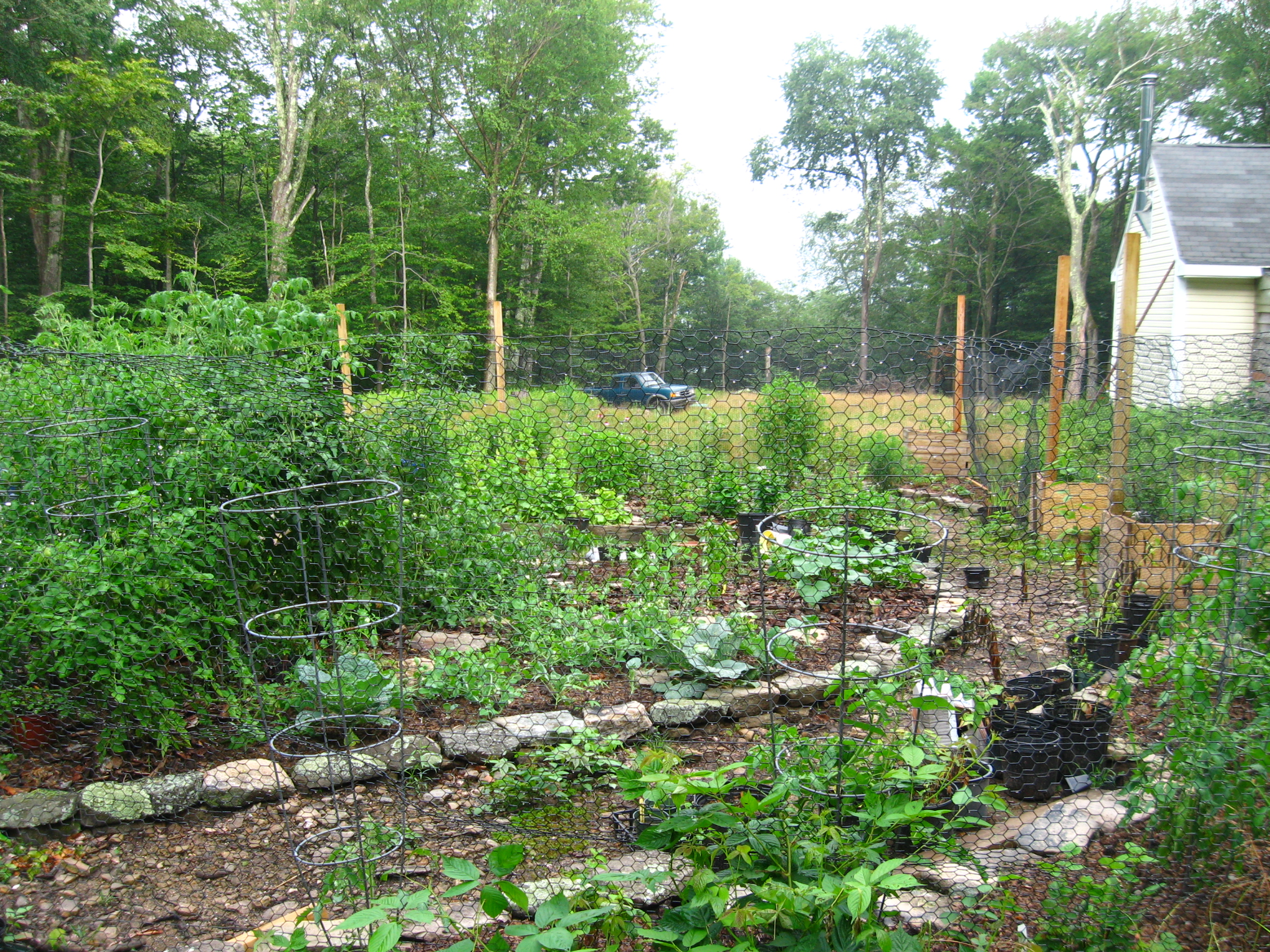
In the foreground is the raspberry bed I also managed to finish. I stuck a few more tomatoes in there while the bushes fill in.
Another:
Another “if you build it they will come” moment: a garden spider, Argiope Aurantia:
By the end of the summer, everything has filled in:
Late summer brings us to the peak:
A lot of the perennials I put in didn’t bloom this year, including my Vernonia, Joe-Pye weed, Baptisia, and elderberry. I’m expecting better performance as the plants get older. But I know my perennial bed needs more color – which is why, of course, people use annuals. I’m looking into ways to achieve this. I’m growing echinacea from seed this year, because it provided most of the color this year in July. In the photo above you can see that the brown-eyed susans (Rudbeckia) provide the garden feel – i.e., color – though they really only start doing this in September.
Winter brings us back to the ground. But most of these plants are perennials, and should be back next year.
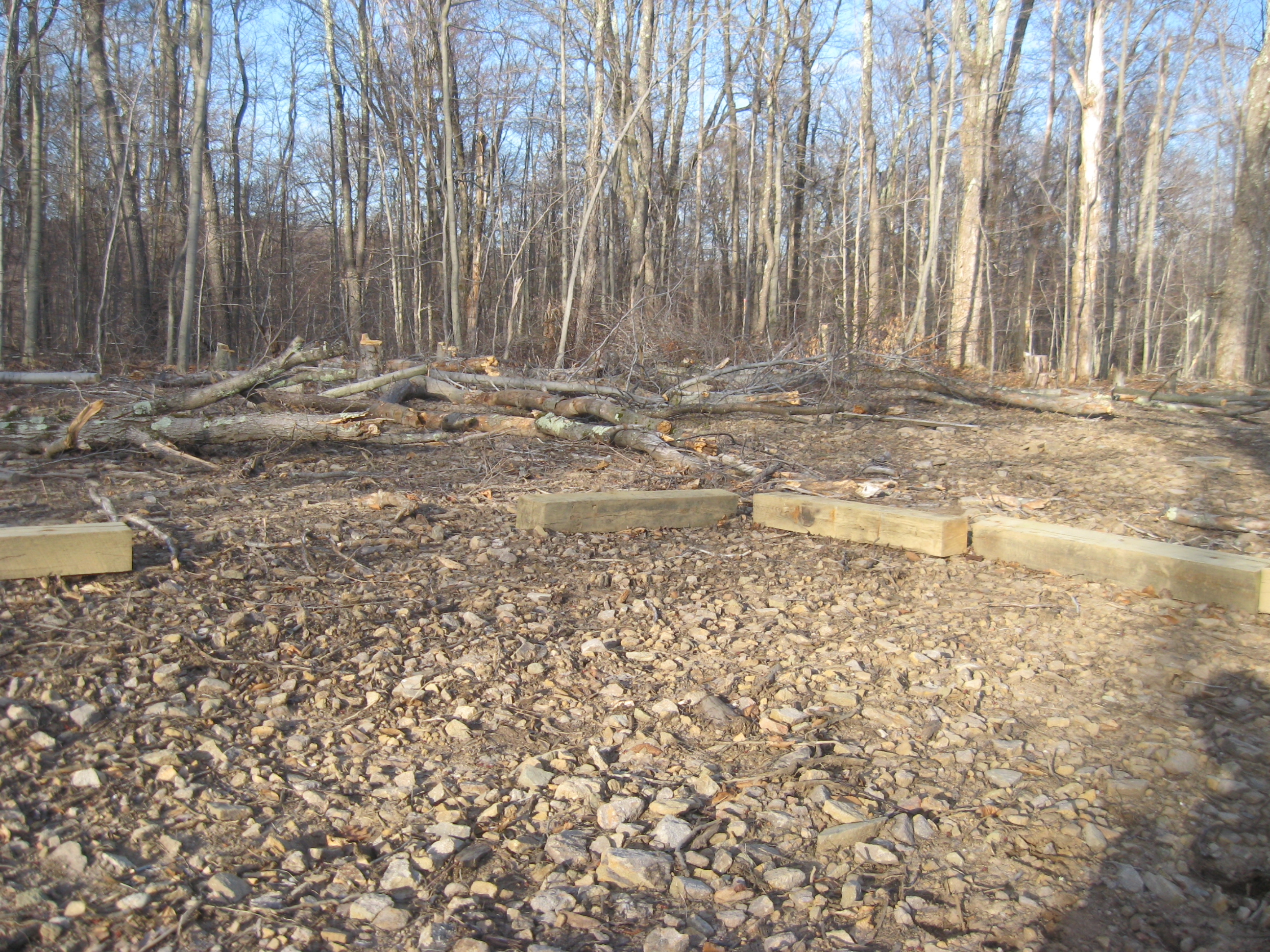
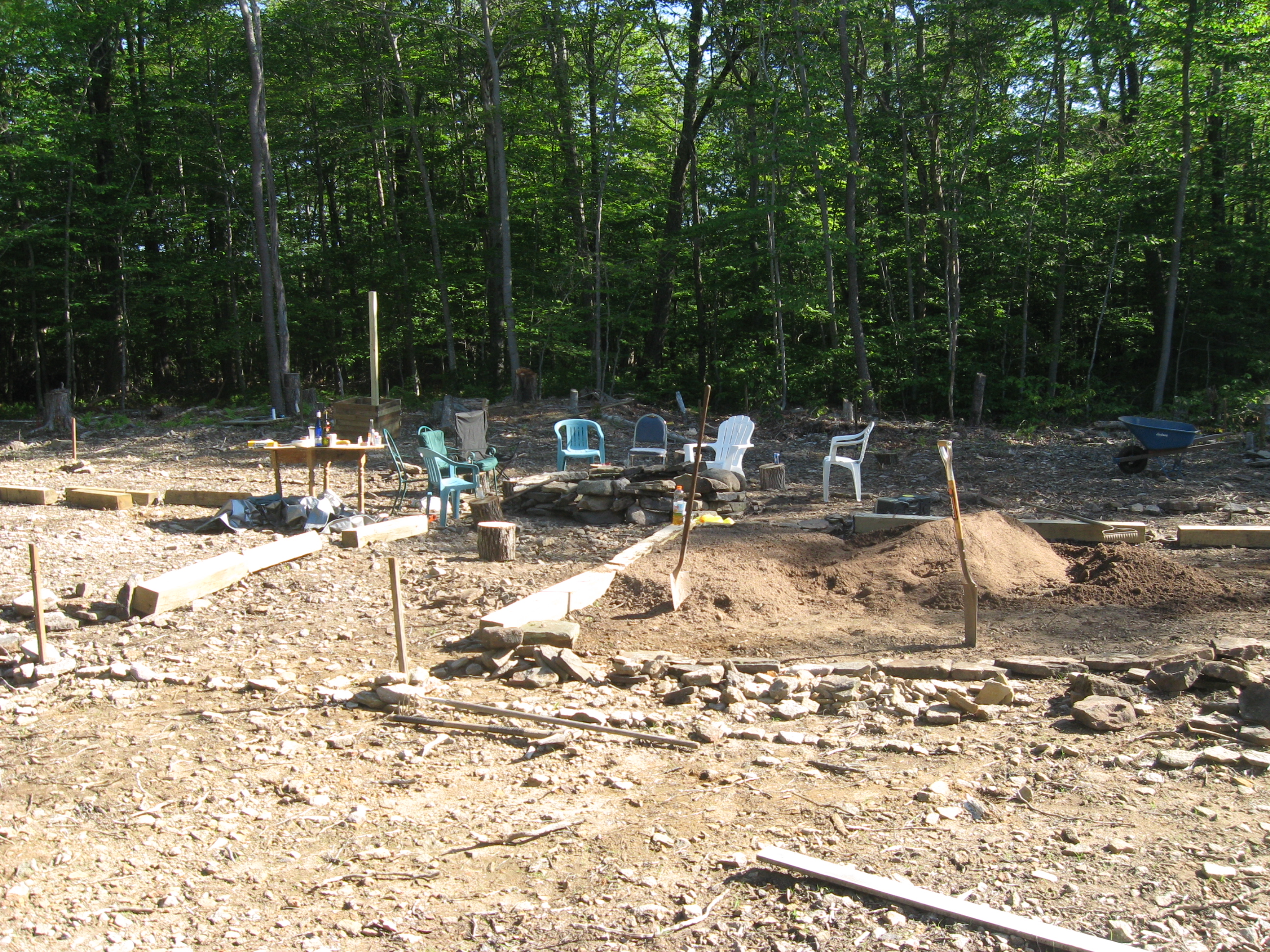
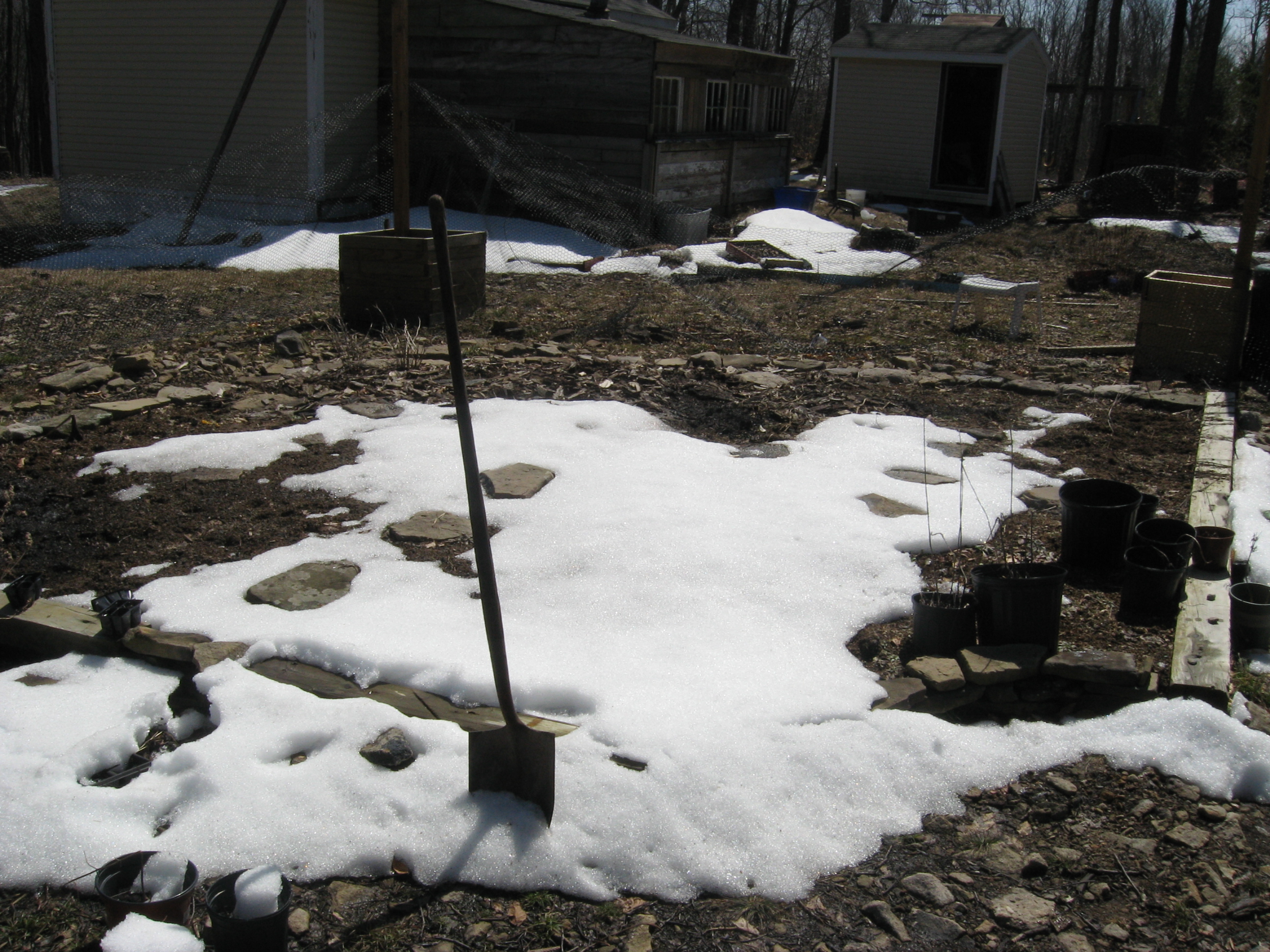


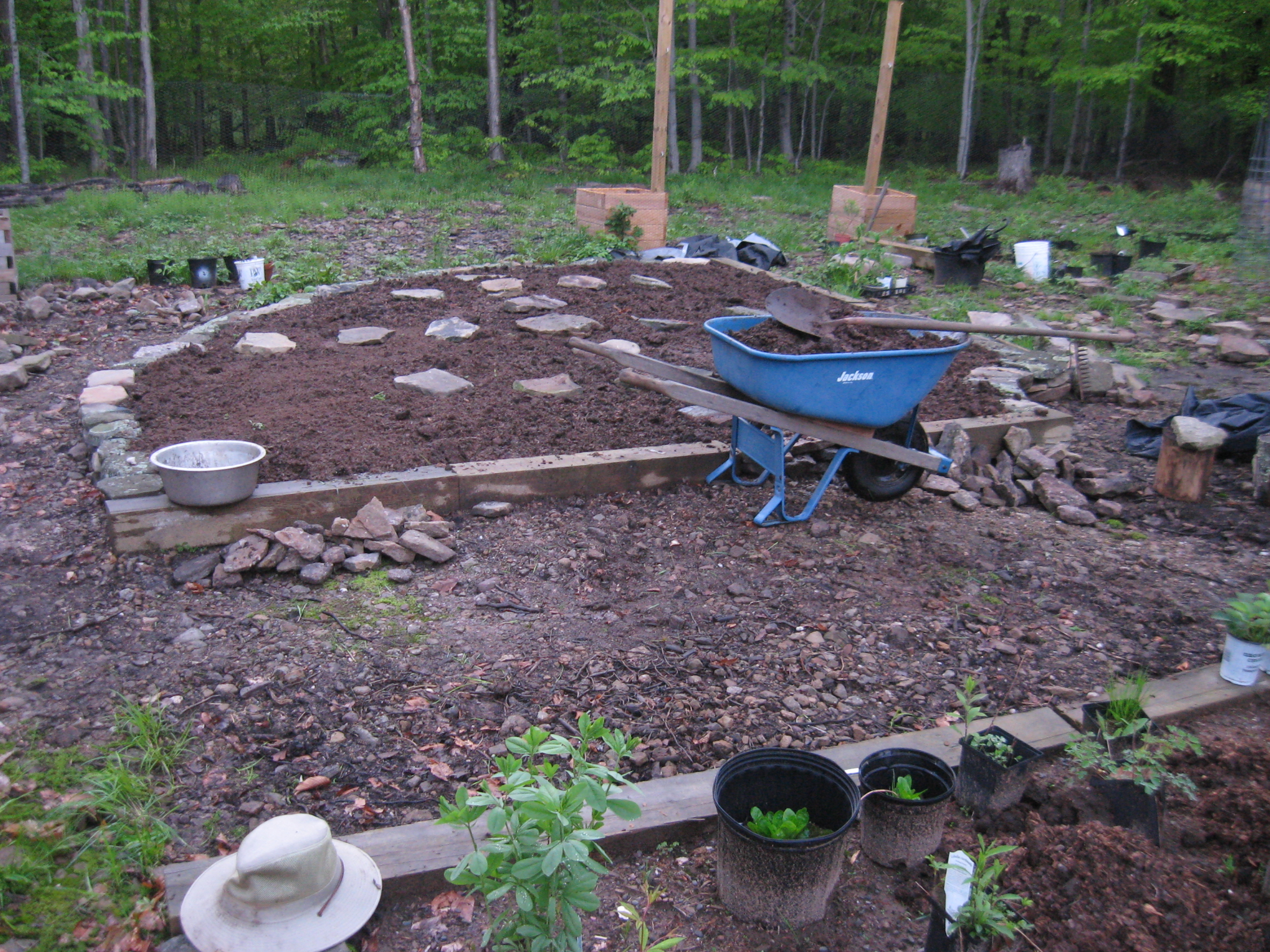
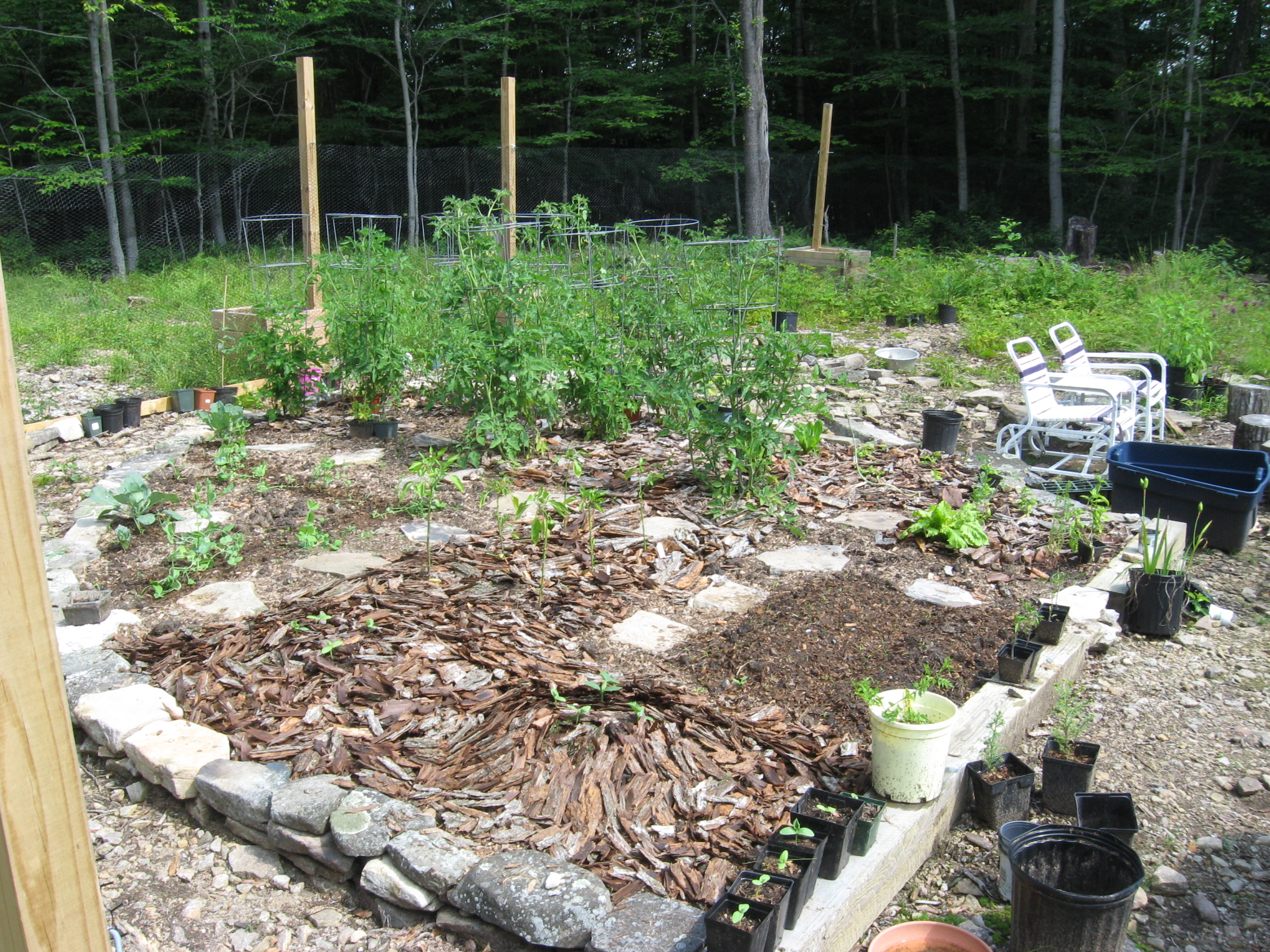
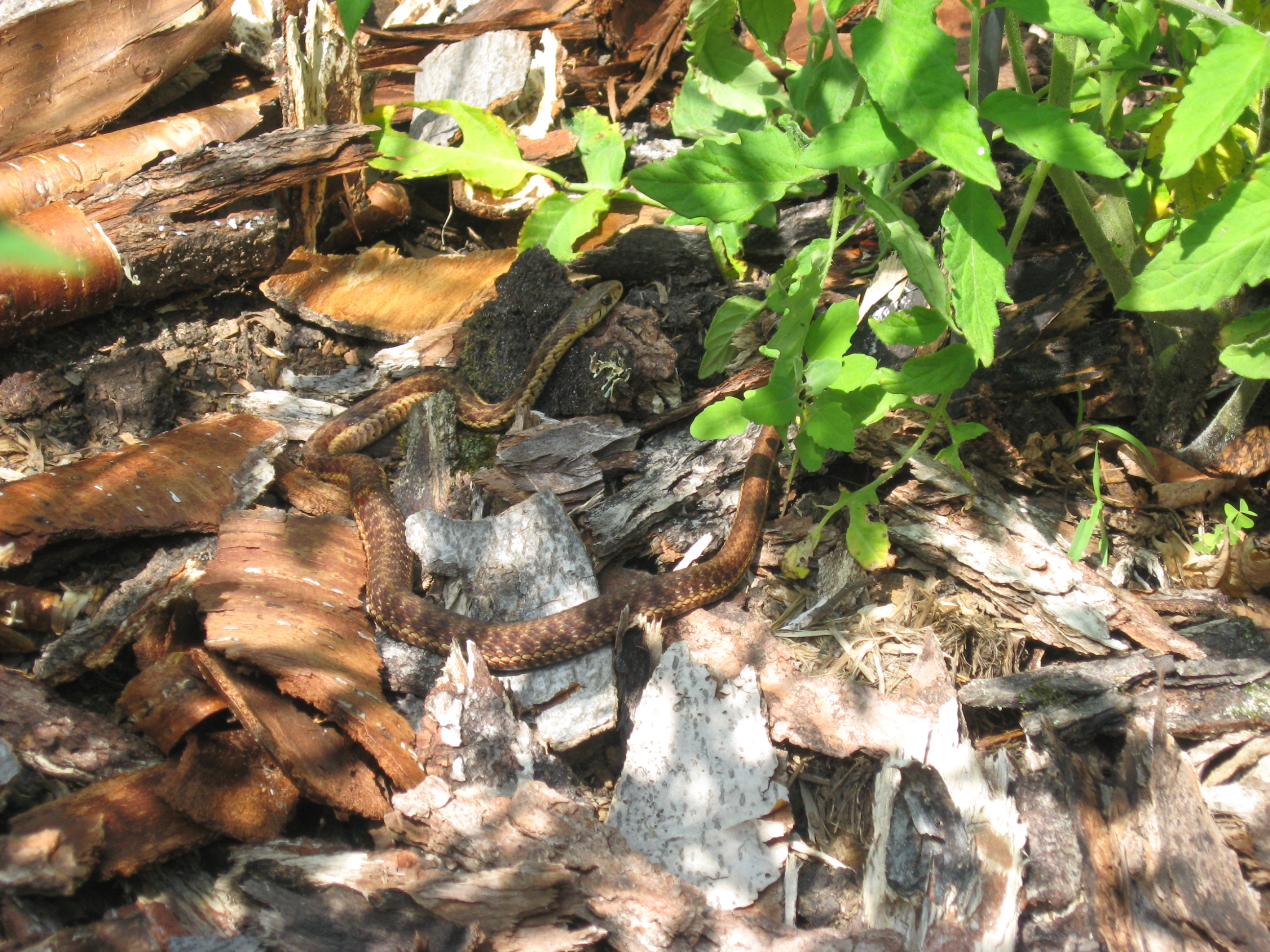
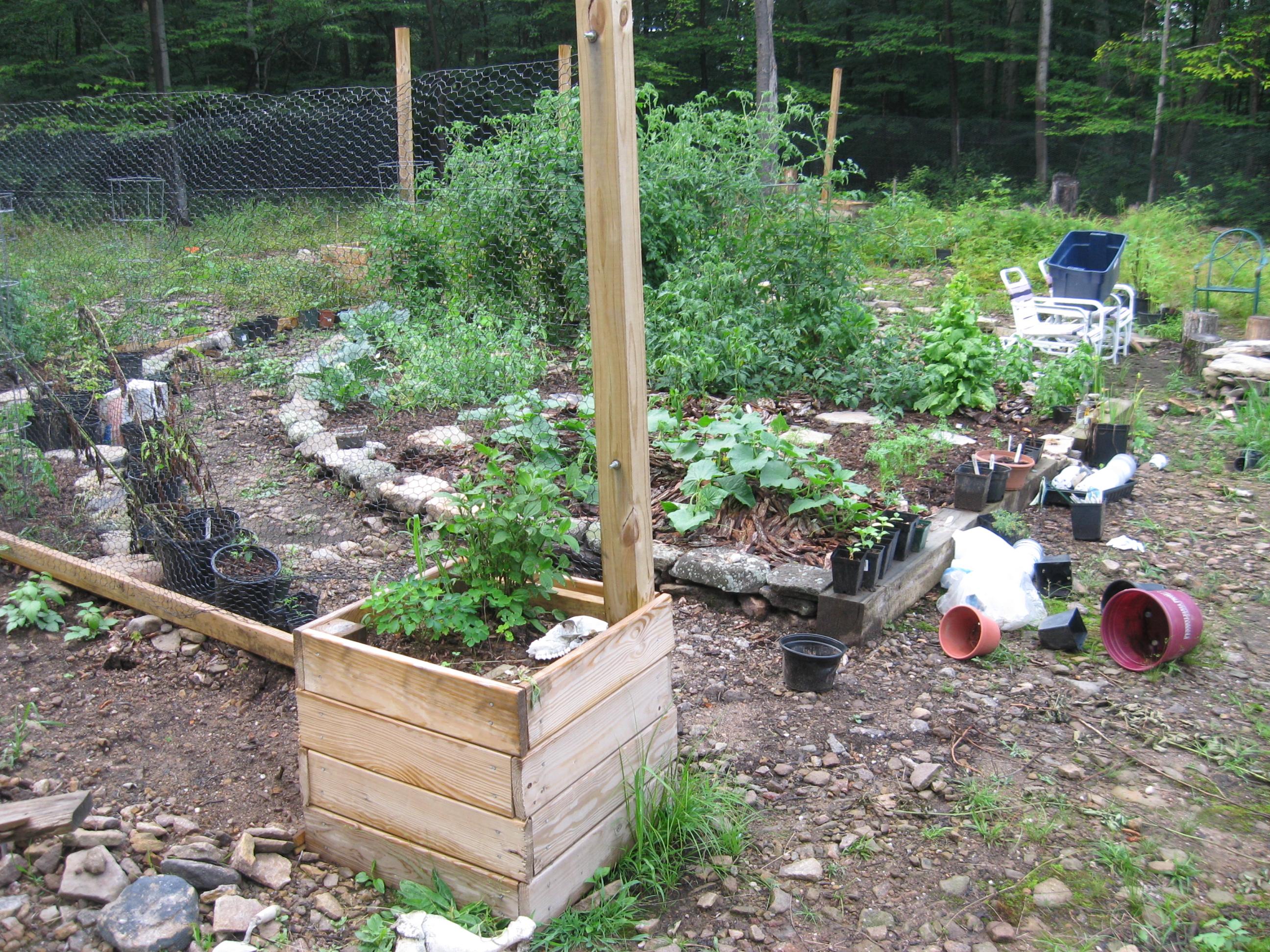
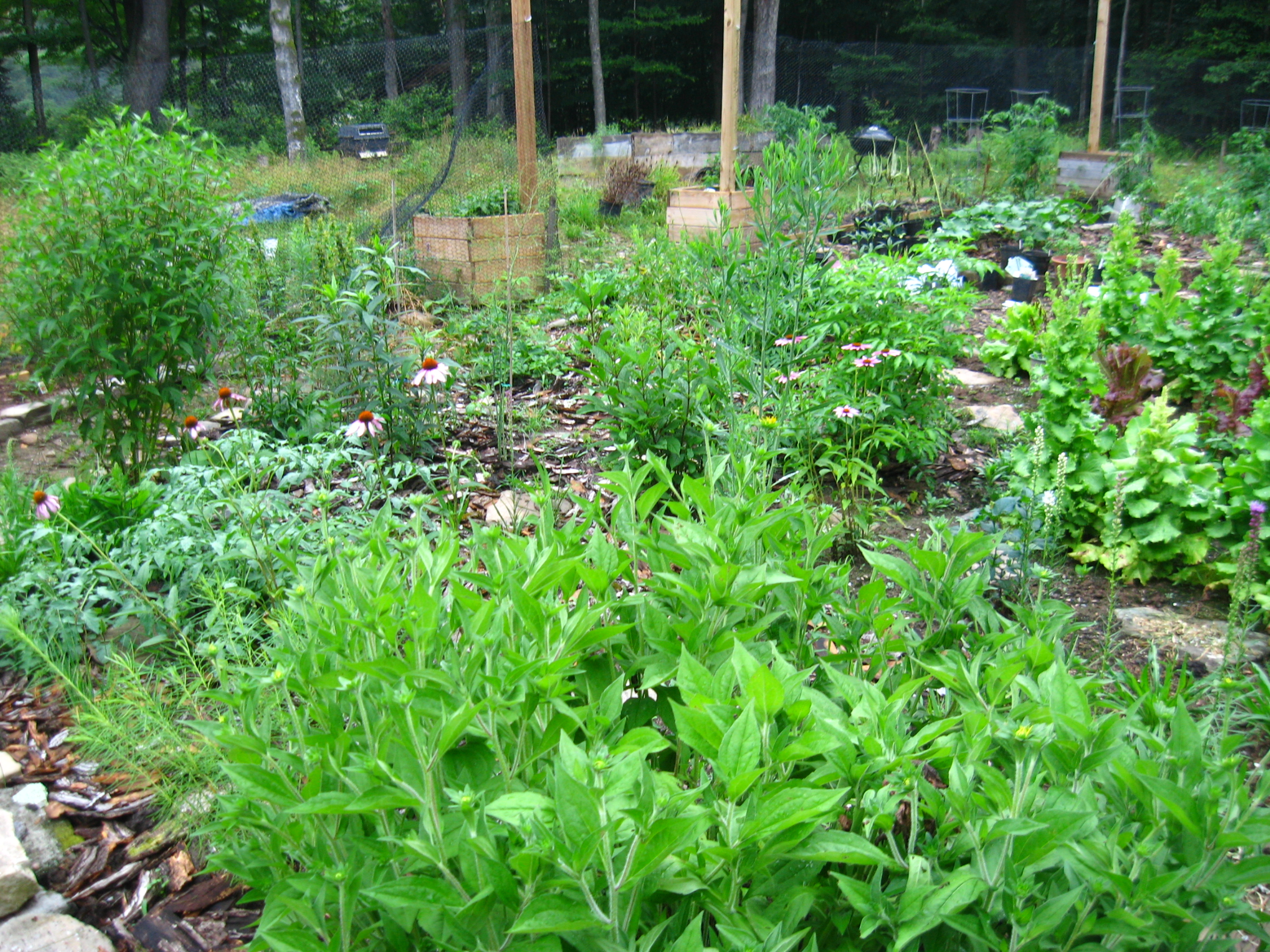
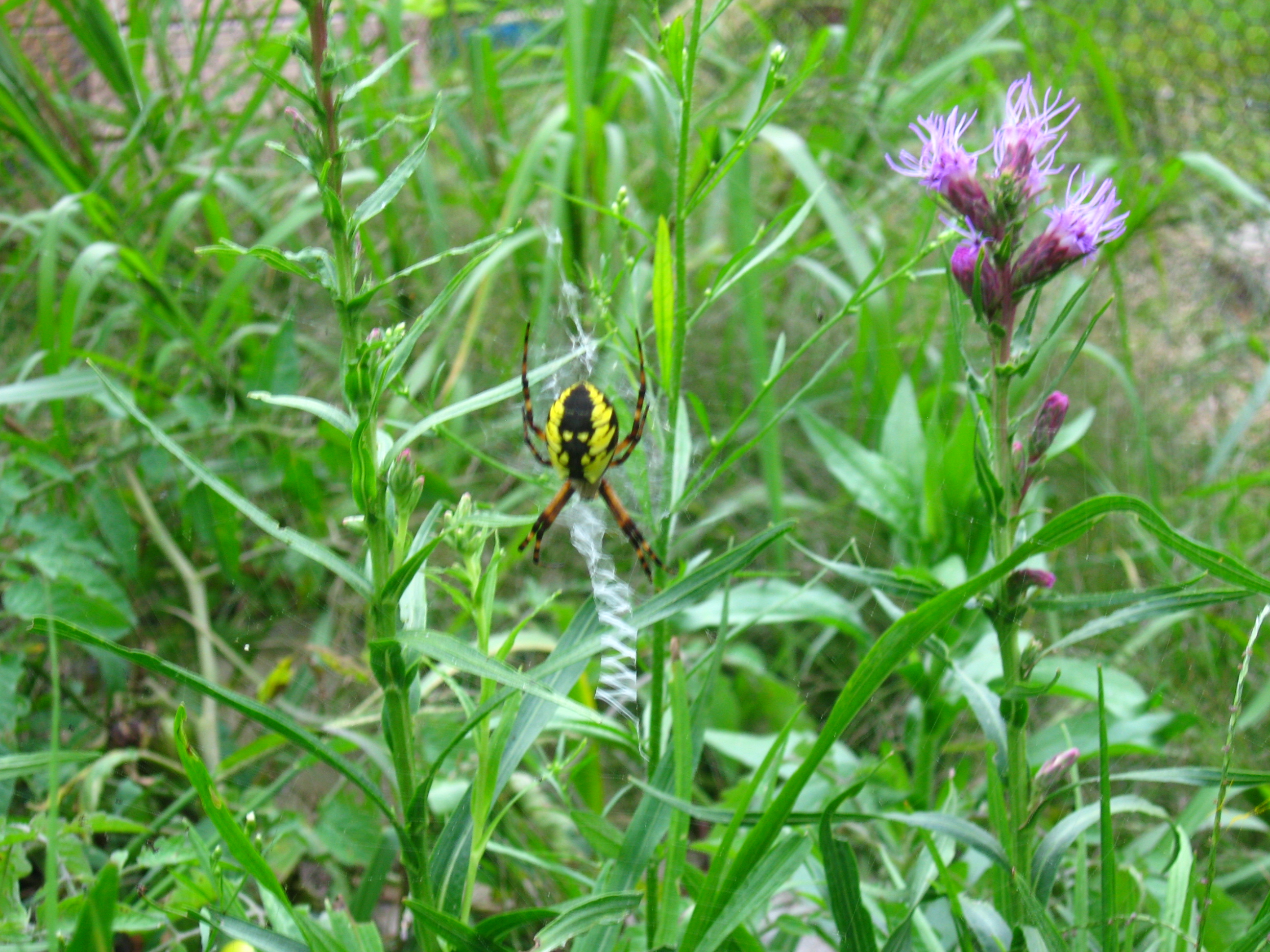
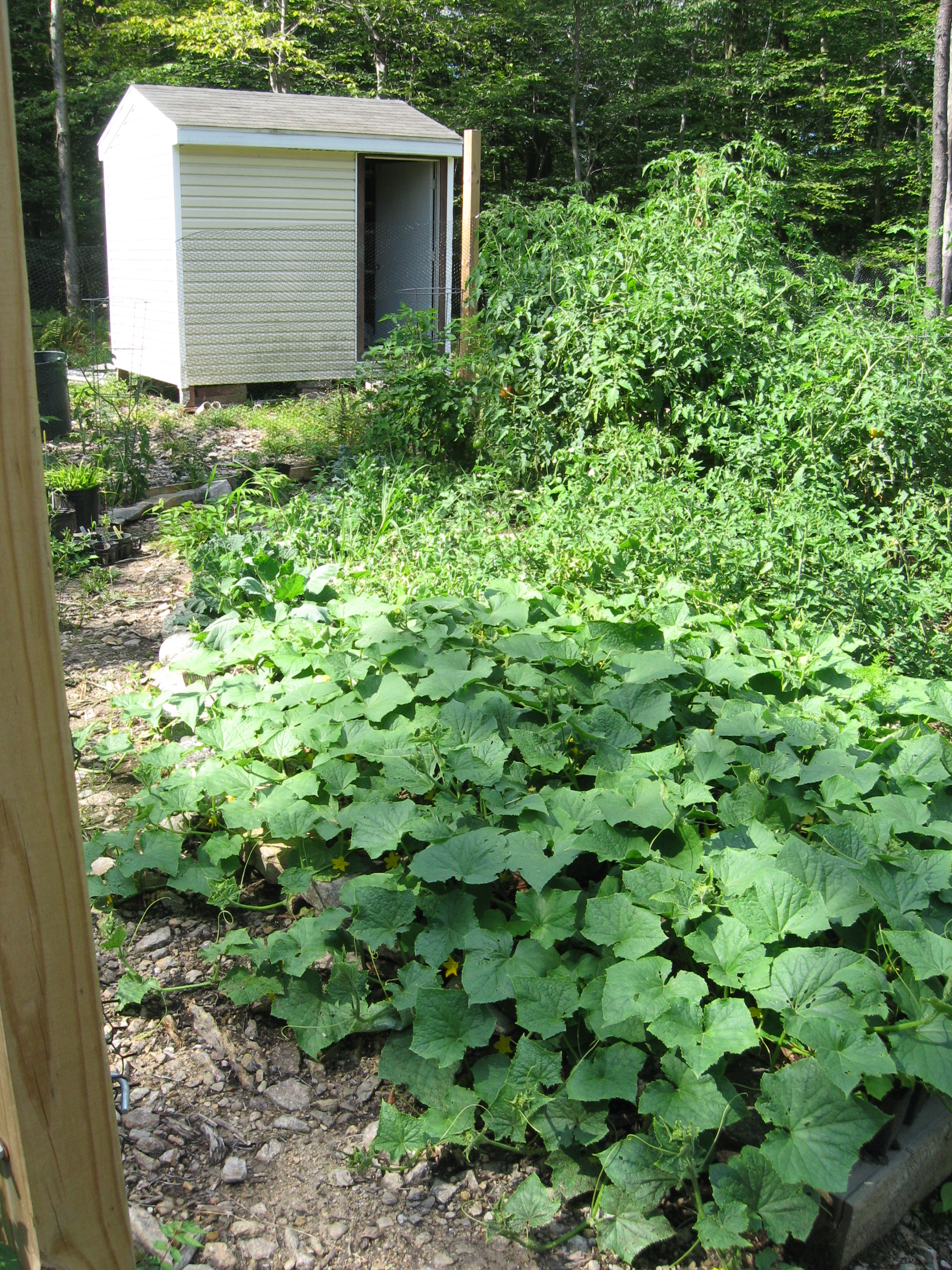
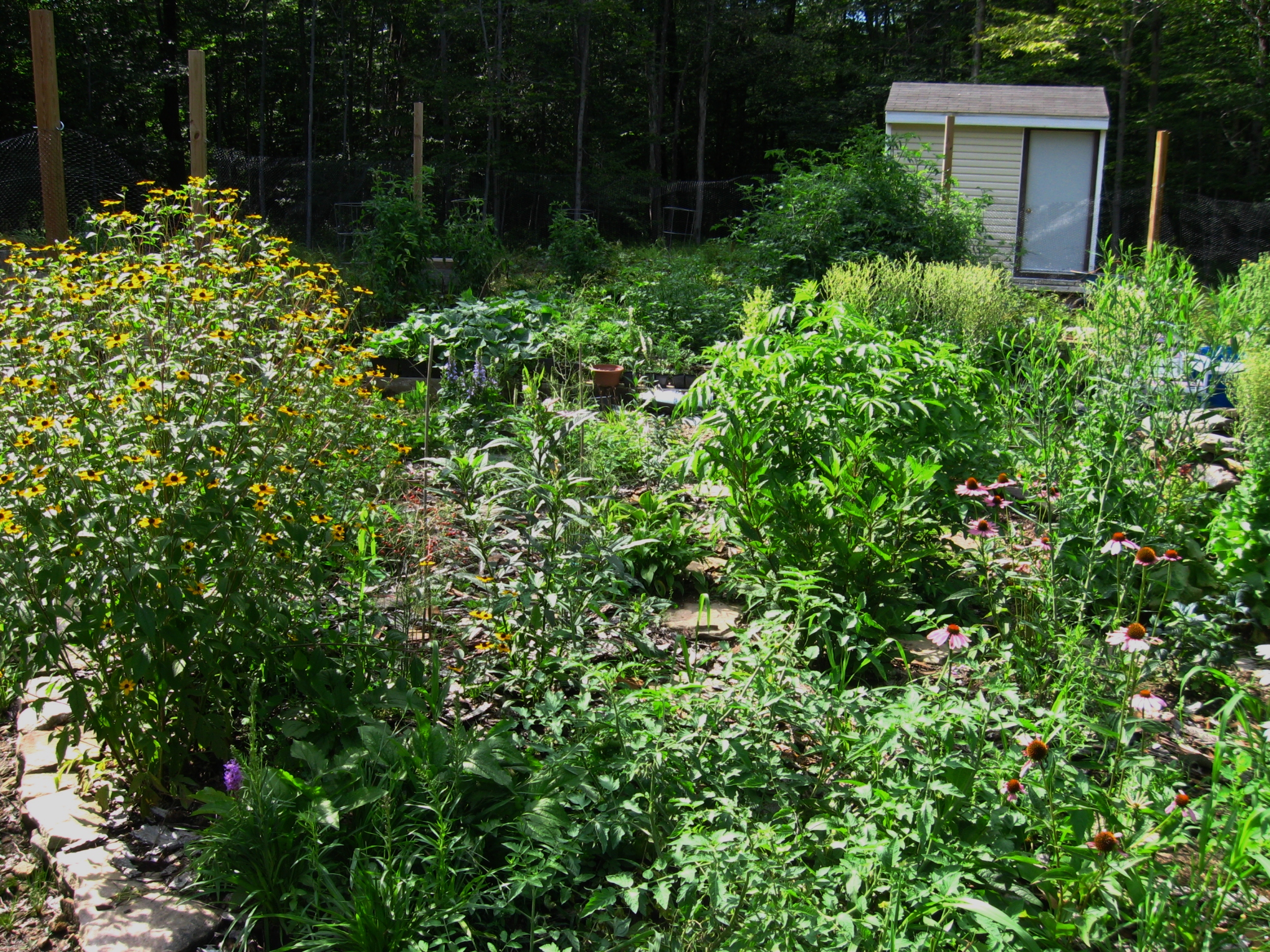
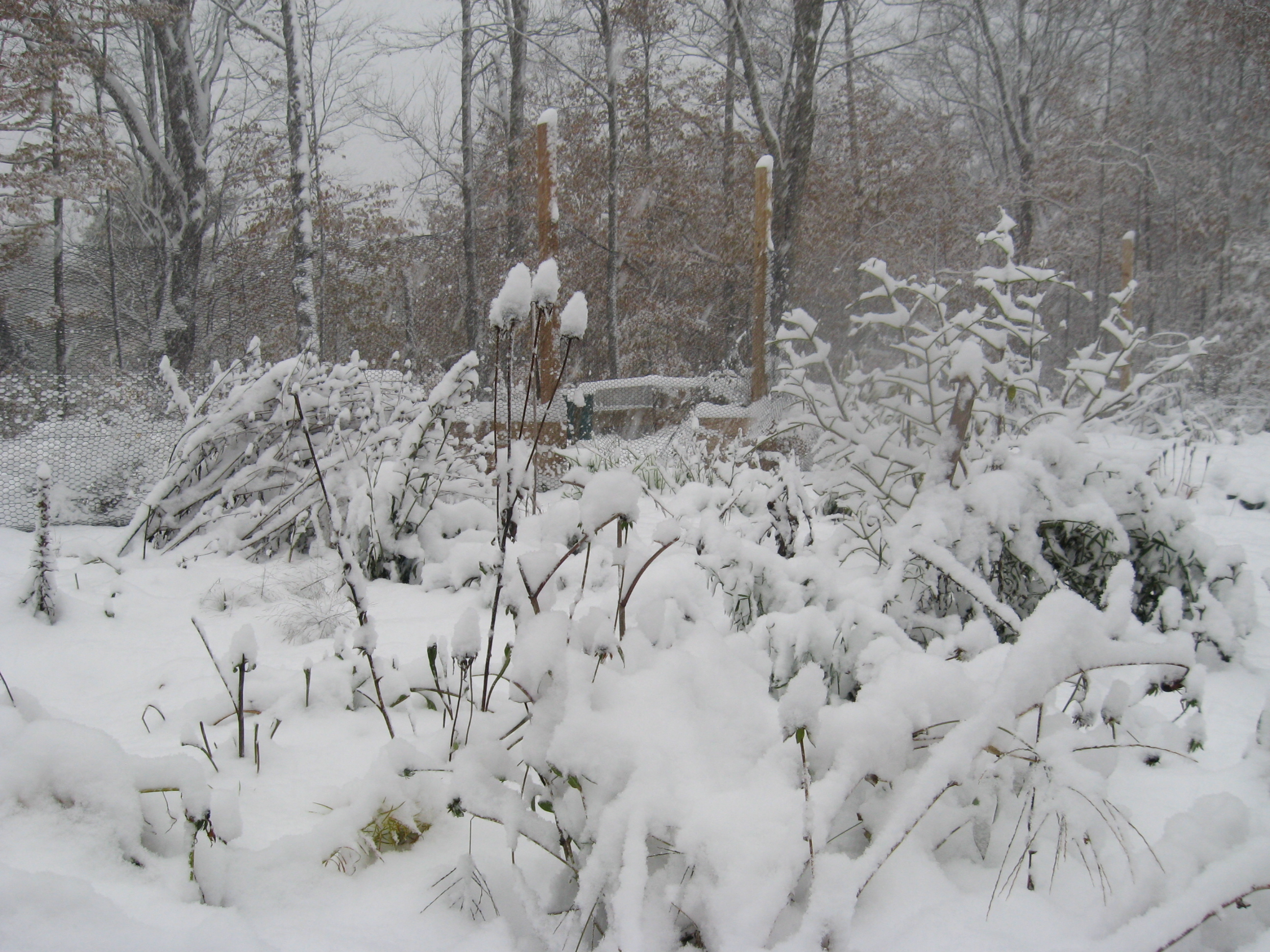
2 Comments